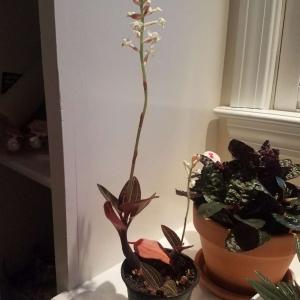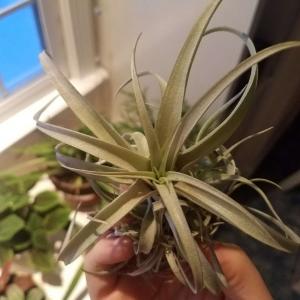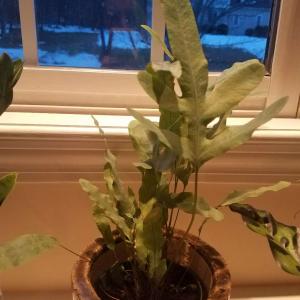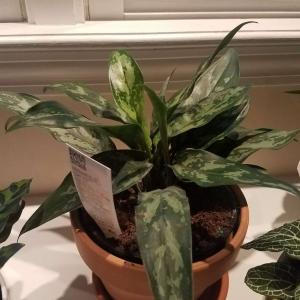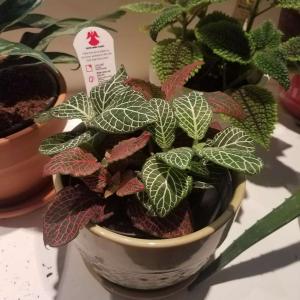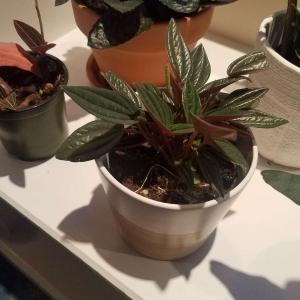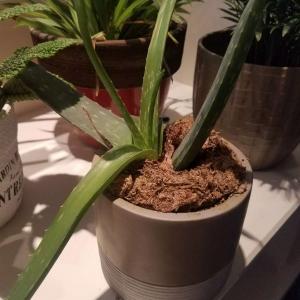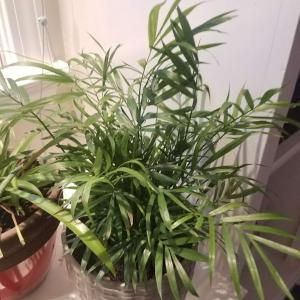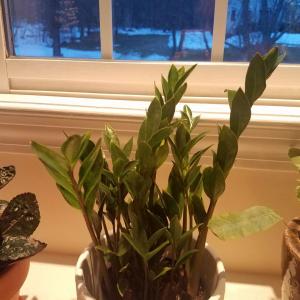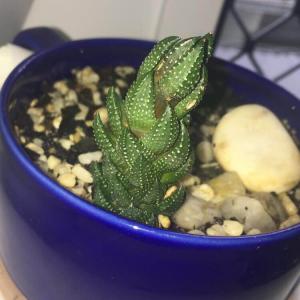成长记
plantwallgoal
2018年03月21日

I now added "Rainbow bush (Portulacaria afra variegata)" in my "garden"


1
0
成长记
ganderson7790
2018年03月21日

I now added "Mat Chang - Moon Valley Friendship Plant" in my "garden"


0
0
文章
Miss Chen
2018年03月21日

Enjoy nutrient-dense, warm season banana peppers on garden salads or fry them up and make crispy side dishes. These peppers have a mild, non-spicy, sweet taste, making them a favored addition to all sorts of recipes. It's easy to grow banana peppers in your own garden with a few simple steps and soil preparation techniques.

Nutrition Facts
Banana peppers are nutritious. These sweet peppers contain calcium, fiber, potassium, folate, vitamins A and C and protein. Vitamin C helps the body make collagen, and it aids in the repair and growth of all tissues within the body, according to the University of Maryland Medical Center. Banana peppers have no fat and a low calorie content, making this food a smart choice for dieters.
Characteristics
Banana peppers are light green, orange or yellow in color and have an oblong shape with pointed tips. The raw peppers have a smooth texture and thick skin with seeds and lobes on the inside. The skin feels slightly supple because of water inside, but the peppers can quickly dry out when cooked. Banana peppers are 4 or more inches long and widest at the top portion of the pepper, near the stem. Some of these peppers have a straight appearance while others have a slight curve on the end.
Origin
While the banana pepper has a sweet taste, its chili pepper cousins have a much spicier flavor and very different characteristics. All of these peppers originated in the Americas, but banana peppers and other peppers in the chili pepper family have spread across the entire world.

Growing Banana Peppers
Prepare the soil before planting banana peppers. These peppers thrive in nutrient-rich, well-drained soil and full sunshine. Till the ground 10 or more inches deep with a garden tiller and add 4 or more inches of compost. Plant seeds 1 inch deep and space pepper seeds and transplants 18 to 24 inches apart in rows or 14 inches apart in raised beds. Plant transplants 3 inches deep to fully cover the roots. Banana peppers take up to 70 days to fully mature in the ground.

Nutrition Facts
Banana peppers are nutritious. These sweet peppers contain calcium, fiber, potassium, folate, vitamins A and C and protein. Vitamin C helps the body make collagen, and it aids in the repair and growth of all tissues within the body, according to the University of Maryland Medical Center. Banana peppers have no fat and a low calorie content, making this food a smart choice for dieters.
Characteristics
Banana peppers are light green, orange or yellow in color and have an oblong shape with pointed tips. The raw peppers have a smooth texture and thick skin with seeds and lobes on the inside. The skin feels slightly supple because of water inside, but the peppers can quickly dry out when cooked. Banana peppers are 4 or more inches long and widest at the top portion of the pepper, near the stem. Some of these peppers have a straight appearance while others have a slight curve on the end.
Origin
While the banana pepper has a sweet taste, its chili pepper cousins have a much spicier flavor and very different characteristics. All of these peppers originated in the Americas, but banana peppers and other peppers in the chili pepper family have spread across the entire world.

Growing Banana Peppers
Prepare the soil before planting banana peppers. These peppers thrive in nutrient-rich, well-drained soil and full sunshine. Till the ground 10 or more inches deep with a garden tiller and add 4 or more inches of compost. Plant seeds 1 inch deep and space pepper seeds and transplants 18 to 24 inches apart in rows or 14 inches apart in raised beds. Plant transplants 3 inches deep to fully cover the roots. Banana peppers take up to 70 days to fully mature in the ground.
1
0


